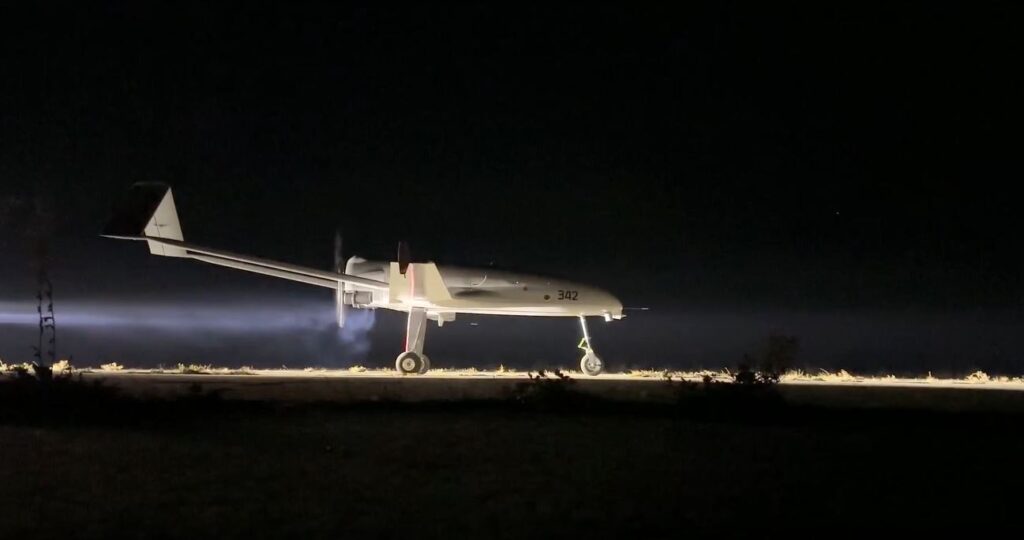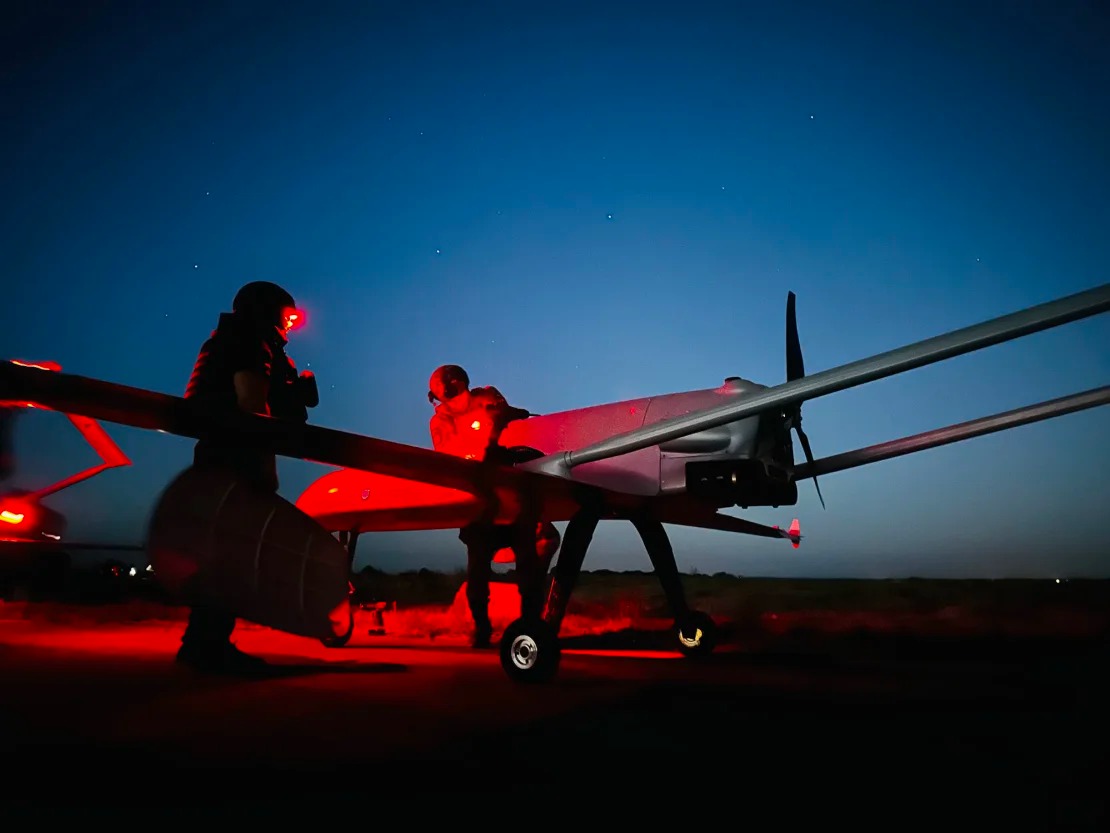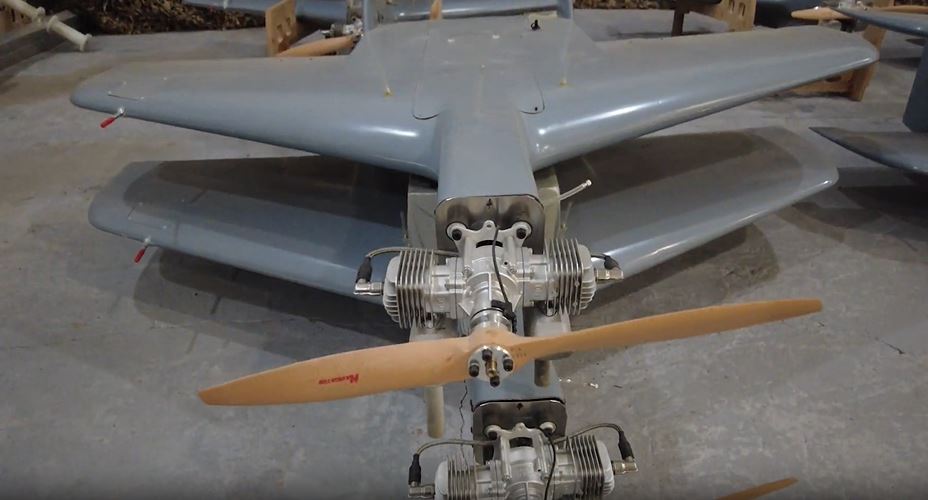CNN follows Ukraine’s Liutyi drone strike on ammo depot on Russian soil
The report on Ukraine's covert drone operations against Russian military targets, detailing the preparation and execution of a major strike.


In September, CNN gained access to one of Ukraine’s most secretive units, operating long-range strike drones in its war against Russia. The report, published on 16 October, offers a rare glimpse into the planning and execution of drone strikes deep inside Russian territory by the long-range drone unit of Ukraine’s Defense intelligence agency HUR.
The CNN team spent two days with the unit as it prepared to launch over 100 drones in a single night operation on 29 September. The primary target was a Russian ammunition facility in Kotluban, Volgograd Oblast, which allegedly housed recently delivered Iranian missiles.
Serge, the long-range drone operations commander of HUR, told CNN he had personally overseen more than 500 long-range drone attacks into Russia since February 2022.

The unit employs various drone types, including the AN-196 Liutyi drone over 4 meters long with a wingspan of almost 7 meters, weighing 250 kilograms and capable of carrying a 75 kg warhead. In its report, CNN inaccurately states that the drone can carry a payload of up to 250 kg.

Vector, the unit commander, explained the complex planning process, which involves programming over 1,000 waypoints for each drone to evade Russian air defenses.
“Planning is maybe 60% part of the success, everything depends on the planning,” Vector said.
The operation also utilized smaller Rubaka kamikaze drones without the payload as decoys to overwhelm Russian defenses.

Vector emphasized that their targets are strictly military, stating,
“Russia came inside our country. They destroyed a lot of electricity, a lot of houses, cities, villages.”
The HUR shared with CNN a video showing 11 explosions at the Kotluban facility between 2:22 and 3:18 am on the night of the attack. Satellite imagery later confirmed damage to the site, which the Ukrainians claim was a successful strike on Iranian-delivered missiles.
However, the unit faces significant challenges. Vector revealed that their success rate could improve from 50% to 95% if the United States permitted the use of Western weapons in attacks on Russian soil. He added,
“We’re not asking only about the permission to send the missiles anywhere in Russia, we speak about the weapons which can help us to move this war from our territory.”
As the drones headed towards Kotluban, Serge told CNN,
“We are constantly forcing the enemy to think about what they did in February 2022. They must realize that we are getting stronger every day and we are bringing our victory and their defeat closer.”
Related:
- France successfully tests new kamikaze drone, Ukraine delivery imminent
- Ukrainian-made Stick M12 loitering munition boasts 70 km range
- Meet “Liutyi,” Ukraine’s homegrown drone behind strikes on Russian oil refineries
- Ukraine’s Tver ammo depot attack featuring jet drones lowers Russian threat to Baltics
- Bild: Ukrainian interceptor UAVs against Russo-Iranian Shahed drones planned for 2025
- Polish defense company to produce Ukrainian SHARK and PD-2 drones
- Rada approves Ukraine’s new military branch for unmanned technologies
You could close this page. Or you could join our community and help us produce more materials like this.
We keep our reporting open and accessible to everyone because we believe in the power of free information. This is why our small, cost-effective team depends on the support of readers like you to bring deliver timely news, quality analysis, and on-the-ground reports about Russia's war against Ukraine and Ukraine's struggle to build a democratic society.
A little bit goes a long way: for as little as the cost of one cup of coffee a month, you can help build bridges between Ukraine and the rest of the world, plus become a co-creator and vote for topics we should cover next. Become a patron or see other ways to support.


